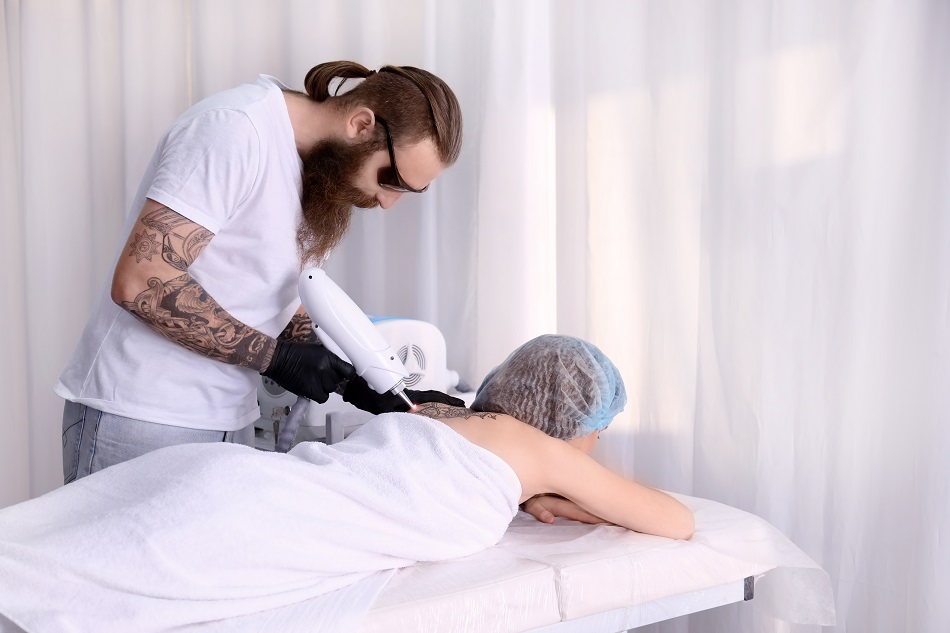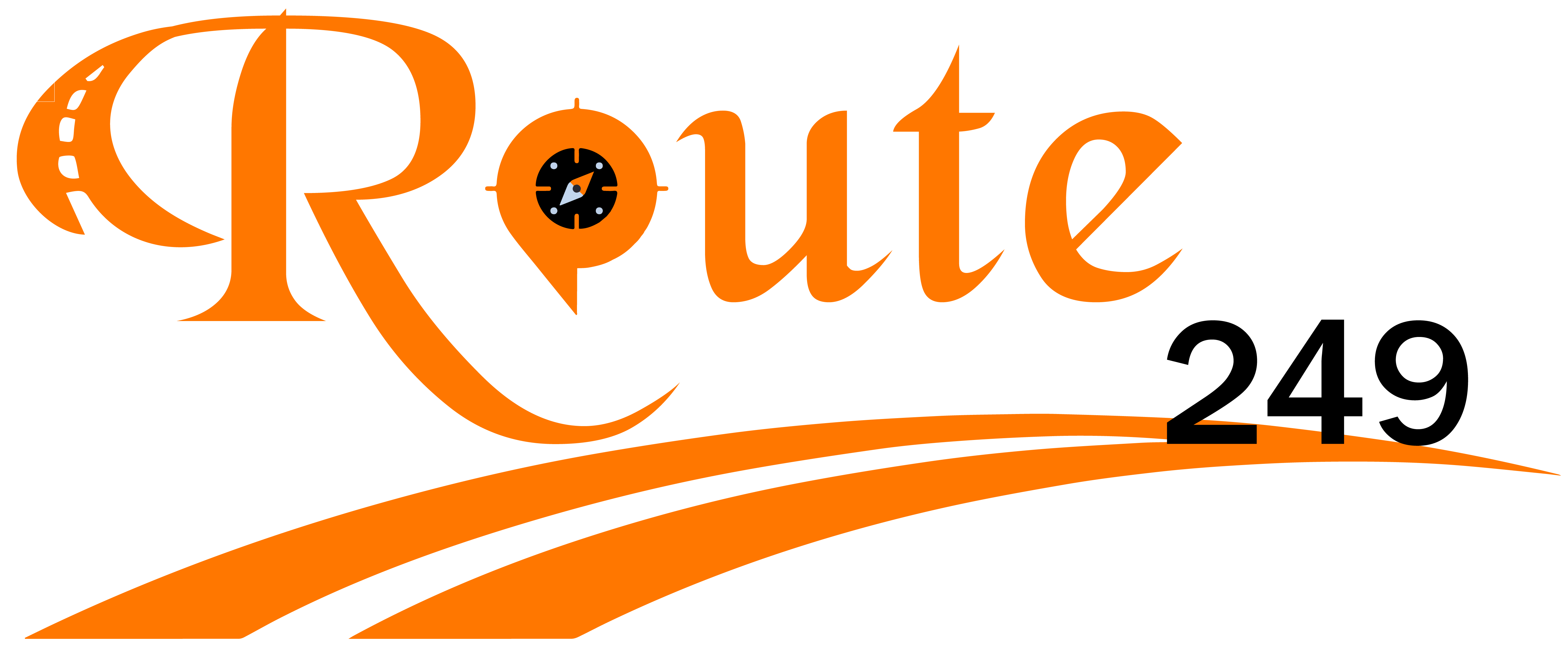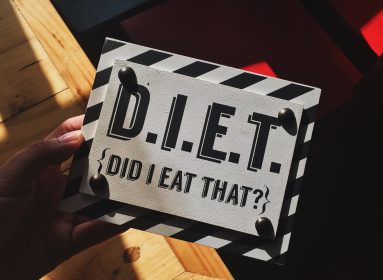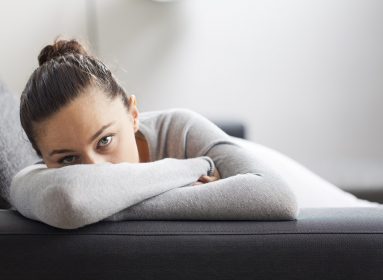
Having a tattoo you no longer want, or that no longer represents you, can be an unwelcome reminder of a past you would rather forget. Fortunately, you can have your tattoo removed so you can move forward without a visible reminder of the past.
Laser tattoo removal is a safe process, but there are some aftercare techniques and tips you need to be aware of to maximize your healing and to make sure you do not suffer complications after your procedure. Blistering, crusting and scabbing are common after laser tattoo removal and need to be handled with care to avoid further complications including scarring.
You might also enjoy Laser Tattoo Removal: 5 Aftercare Tips for Faster Recovery
What Happens To Skin During And After A Laser Tattoo Removal Procedure?
During a laser tattoo removal procedure, a superficial burn wound is created to disperse the ink pigment and force the skin to move into reproduction phase and create new, tattoo-free skin. For several minutes after the procedure, there is an immediate whitening of the skin. This whitening effect usually lasts for several minutes and then is followed by blistering, crusting and scabbing that appears within eight to seventy-two hours of the procedure. These blisters can last for a week up to two weeks and more and leave a pink spot after the scab separates or falls off. Sometimes a complete loss of pigment occurs in the treated area but that condition is usually temporary. In most cases, an area treated by laser heals in four weeks.
How Should I Take Care Of And Heal Blisters After Laser Tattoo Removal?
Every tattoo removal technician will send you home with detailed instructions on how to care for your skin. Follow their advice closely and also keep in mind the following care tips.
- Blistering immediately after the procedure is common. Be sure you keep antibiotic ointment on the blisters, even after they pop for at least twenty-four hours.
- Keep the area dry and clean as it heals. use a mild soap and water to clean the area and gently pat dry. For three days following the procedure, you may apply an antibacterial ointment to the area three times a day. Keep the area covered in gauze for these three days.
- Apply a cool compress as necessary for twenty-four hours after the procedure to reduce inflammation and discomfort. You can take Tylenol, but avoid aspirin as it can increase the chances of bleeding or bruising.
- Do not pick at, pop or manipulate blisters. This can increase the risk of infection.
- Wear a sunblock of 25 or higher SPF for a minimum of three months after the treatment.
There are experts in laser tattoo removal Palm Beach area wide who can help you remove unwanted tattoos. You do not have to live with tattoos you no longer want. You can get the results you want from the help and services in offices of expert laser tattoo removal Palm Beach providers area wide. Follow these care tips and your skin will look fresh, unblemished and satisfyingly free of unwanted tattoos.
Sam Moser is a freelance content writer who has written almost exclusively for the web since graduating from the School of Journalism at Ryerson University in Toronto, Ontario. Sam has specialized in writing about the efficiency of lasers such as tattoo removal in Palm Beach and toenail fungus removal.







